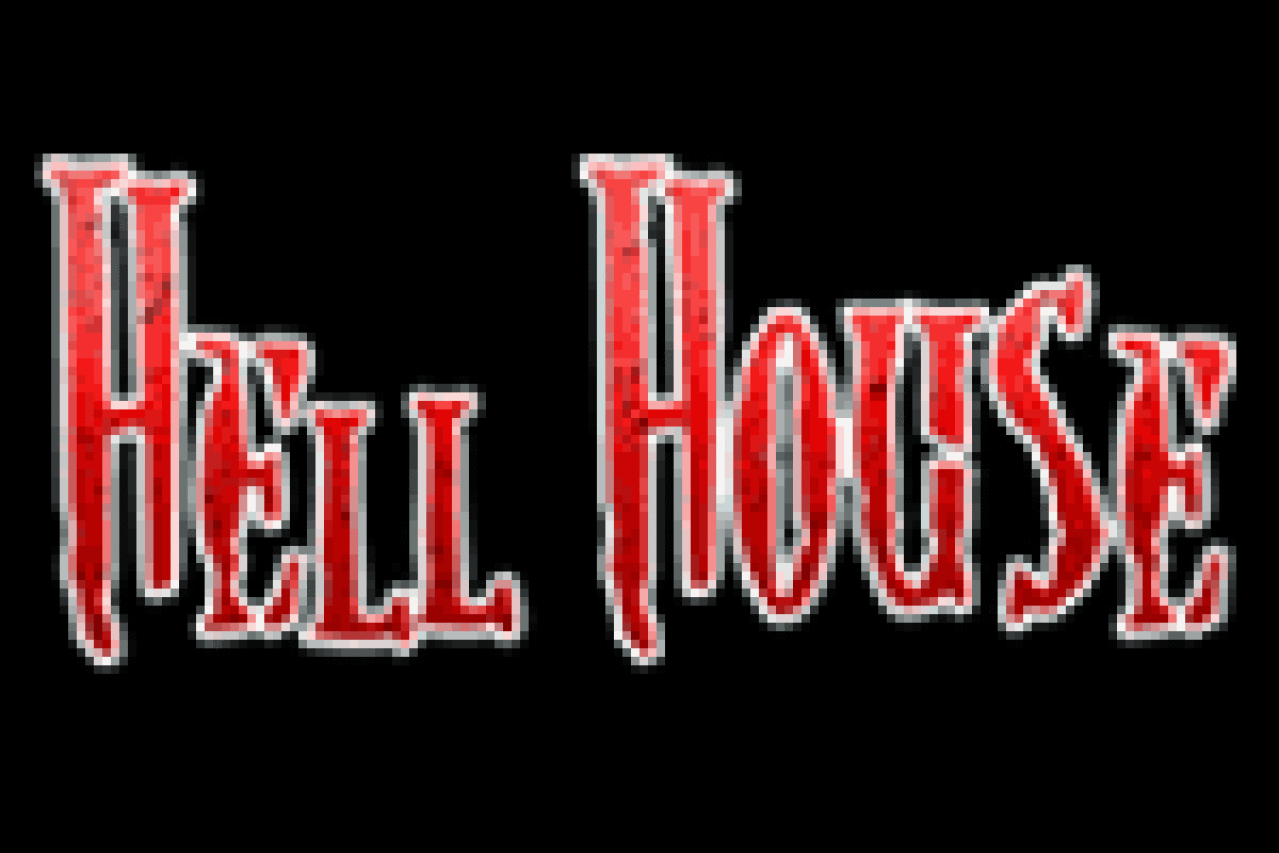A Hell of a Time

(© Les Freres Corbusier)
A woman undergoing a late-term abortion; a gay man dying of AIDS; a young woman losing her virginity. All of them are going to Hell, at least as depicted in Les Freres Corbusier’s Hell House at Arts at St. Ann’s. This theatrical event is modeled after the evangelical Hell Houses that were originally staged by Jerry Falwell in the 1970s and popularized by Pastor Keenan Roberts, who has written the script that is now performed in hundreds of Hell Houses across the country and is being used for the New York presentation.
Structured to resemble secular haunted houses, Hell Houses have proven extremely controversial. Roberts and his supporters claim that they are a useful, albeit unorthodox, conversion tool; his detractors charge that they are filled with misinformation and promote intolerance. Alex Timbers, artistic director of Les Freres Corbusier and director of the New York production, claims that the company is presenting its Hell House “faithfully, without a wink, and without irony.”
This is the first Hell House to open in the New York City area — but Les Freres Corbusier is not a Christian or evangelical organization. The company is best known for its irreverent productions of shows such as A Very Merry Unauthorized Children’s Scientology Pageant and Heddatron. “We’re interested in finding fresh ways to look at didactic subject matter and examine contemporary social and political issues in a way that doesn’t feel like PBS,” says Timbers. “Hell House fits well into our mission in that it’s an important social phenomenon. We want to recreate it as a sort of sociological artifact in New York, to present it without judgment and see how people react to it.”
In order to contextualize the audience’s experience, the company has created a lobby display that Timbers describes as “politics neutral.” It includes a video introduction by Pastor Roberts, as well as placards featuring historical and sociological information about Hell Houses. The 14,000-square-foot Arts at St. Ann’s space has been transformed into multiple rooms, and the company has used the existing architecture to suit their needs. “St. Ann’s is really nice in terms of the spirit of the place,” says Timbers. “It’s a little theater, a little rock ‘n’ roll, a little experimental, a little installation. It really gets at all the things that Hell House wants to be, as opposed to our doing the show in a more traditional theatrical space.”
Once the performance begins, audiences go through a 40-minute tour of the Hell House in groups of up to 25 at a time, led by a “demon tour guide.” The production concludes with an evangelical rock hoedown, with donuts, bowls of punch, and a game of “Pin the Sin on Jesus.” Timbers states that all of this is in keeping with the guidelines set by Pastor Roberts. The company has been in touch with the minister, who sends out a 300-page kit describing how to create a Hell House, including helpful tips such as how to make a fetus using hamburger meat. According to Timbers, Pastor Roberts told them, “If you guys are really doing this without a wink and are not making fun of it, you will convert people. The message will win out.”
Timbers expresses some skepticism on that score; but he is curious about how audiences will respond to the Hell House, particularly to the more controversial material. “Some of the scenes are really funny and some are really, really, upsetting,” he says. “There’s a hall of horrors, which is your traditional, one-abreast walkway with people jumping out at you — except the people in this hallway are not ghosts and ghouls, but are instead gay. It’s a really intense experience.”
The director has never visited an evangelical Hell House, but the starter kit includes a full script and DVDs of certain scenes. The company has done some cutting of the script, mostly for artistic reasons. “There’s this scene after a girl is raped by all these men,” says Timbers. “She’s deciding whether to kill herself. In the evangelical version, there’s a man dressed head to toe in a black leotard, like a modern dancer. He says ‘suicide’ over and over again while dancing on her bed and around her in a very Martha Graham-y style. We had to cut that for New York, because we thought people would think we were making fun of the scene.”
There’s one more crucial difference between Les Freres Corbusier’s Hell House and those sponsored by churches. “At the end of the real Hell Houses, you meet Satan and Jesus, and you’re asked to make a decision,” Timbers explains. “Then you go into a prayer room where you’re asked to recommit to Jesus and you pray with other people. We don’t do that in our version. We’re most interested in fostering dialogue.”











